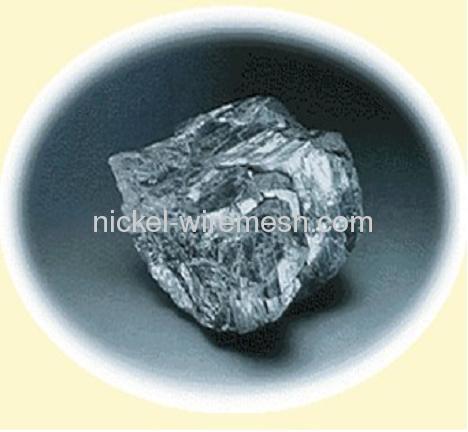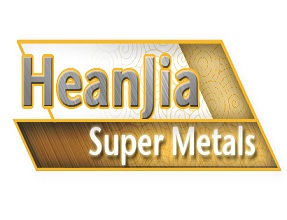You are here: home > Learning Gallery > What is Tungsten
Product (738)
- Pure Nickel Products (38)
- Incoloy Products (74)
- Inconel Products (72)
-
FeCrAl Product
(99)

-
Nichrome Products
(68)

- Monel Products (36)
- Hastelloy Products (49)
- Nickel Iron Alloy Product (59)
-
Nickel Copper alloys
(47)

- Nonferrous Metal Product (27)
-
Resistance Wire
(90)

- Stainless Steel Product (42)
- Mesh Demister (20)
- Others (17)
Product Forms (14)
Quality Certificate (11)
Learning Gallery (30)
Incoloy News (9)
Inconel News (22)
Molybdenum News (7)
Nikrothal News (4)
Nichrome News (13)
Titanium News (2)
Nickel News (8)
Alloys House (30)
Tools (27)
Nickel alloy News (30)
Latest Buzz (30)
nickel chrome copper iron alloys news (28)
Credit Report
Products Index
Company Info
Heanjia Super-metals Co., Ltd. [China (Mainland)]
Business Type:Manufacturer, Trading Company
City: Beijing
Province/State: Beijing
Country/Region: China (Mainland)
Learning Gallery
What is Tungsten

What is Tungsten?
Atomic Number: 74 Atomic Radius: 137.0pm
Atomic Symbol: W Melting Point: 3422 oC
Atomic Weight: 183.5 Boiling Point: 5555 oC
Electron Configuration: [Xe]6s24f145d4 Oxidation States: 6
Tungsten History
(Swedish, tungsten: heavy stone) In 1779 Peter Woulfe examined the mineral now known as wolframite and concluded it must contain a new substance. Scheele, in 1781, found that a new acid could be made from tungsten (a name first applied about 1758 to a mineral now known as scheelite). Scheele and Berman suggested the possibility of obtaining a new metal by reducing this acid. The de Elhuyar brothers found acid in wolframite in 1783 that was identical to the acid of tungsten (tungstic acid) of Scheele, and in that year they succeeded in obtaining the element by reduction of this acid with charcoal, Tungsten occurs in wolframite, scheelite, huebnertie, and ferberite. Important deposits of tungsten occur in California, Colorado, South Korea, Russia, and Portugal. China is reported to have about 75% of the world's tungsten resources. Natural tungsten contains five stable isotopes. Twenty one other unstable isotopes are recognized. The metal is obtained commercially be reducing tungsten oxide with hydrogen or carbon.
Tungsten Characteristics:
1) Tungsten is a very hard, dense, silvery-white, lustrous metal that tarnishes in air, forming a protective oxide coating. In powder form tungsten is gray in color.
2) The metal has the highest melting point of all metals, and at temperatures over 1650 oC also has the highest tensile strength. Pure tungsten is ductile, and tungsten wires, even of a very small diameter, have a very high tensile strength.
3) Tungsten is highly resistant to corrosion. It forms tungstic acid (H2WO4), or wolframic acid from the hydrated oxide (WO3) and its salts are called tungstates, or wolframates.
4) Tungsten is one of the five major refractory metals (metals with very high resistance to heat and wear). The other refractory metals are molybdenum, tantalum, rhenium and niobium.
Tungsten Uses:
1)Tungsten and its alloys are used extensively for filaments for electric lamps, electron and television tubes, and for metal evaporation work; for electrical contact points for automobile distributors; X-ray targets; windings and heating elements for electrical furnaces; and for numerous spacecraft and high-temperature applications.
2) High-speed tool steels, Hastelloy(R), and many other alloys contain tungsten.
3) Tungsten carbide is of great importance to the metal-working, mining, and petroleum industries.
4) Calcium and magnesium tungstates are widely used in fluorescent lighting; other salts of tungsten are used in the chemical and tanning industries.
5)Tungsten disulfide is a dry, high-temperature lubricant, stable to 5000 oC. Tungsten bronzes and other tungsten compounds are used in paints.
Pre Page:
Incoloy
Next Page:
Invar-Nickel Iron Alloy



